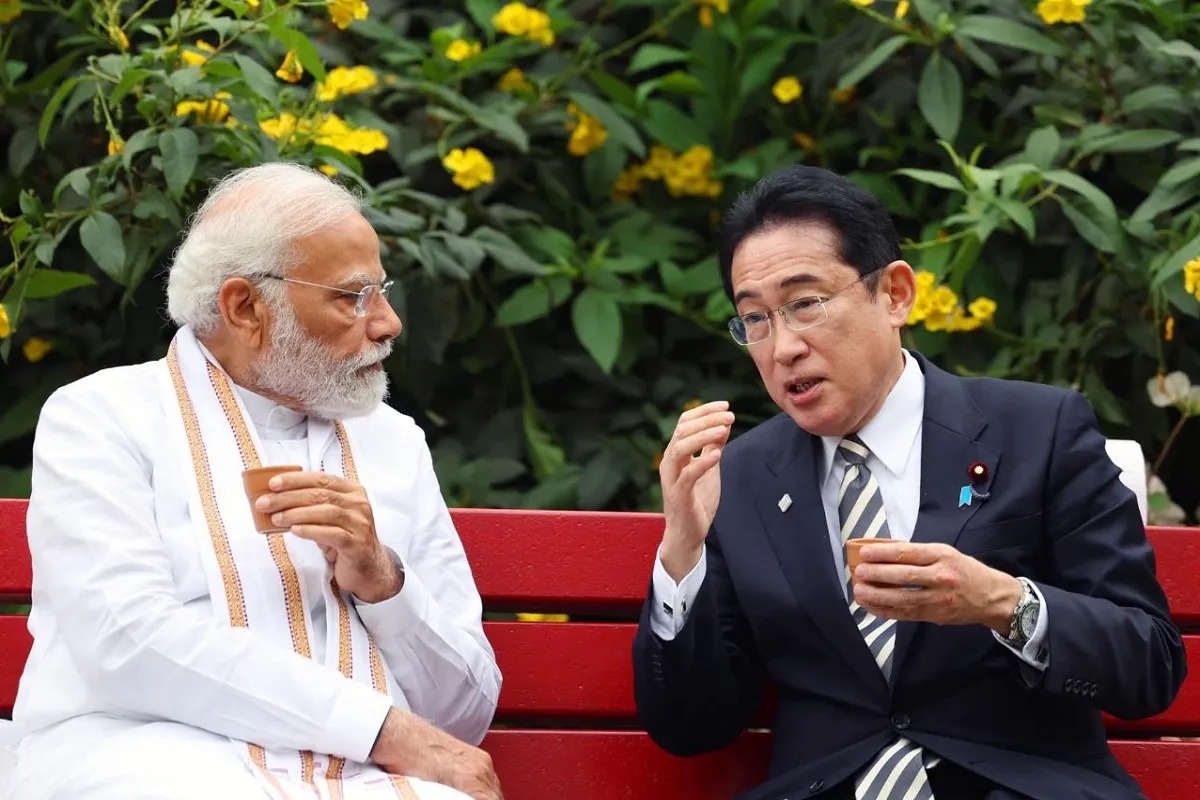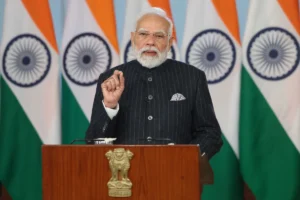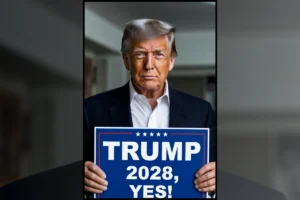
Indian PM with Japanese counterpart
More than a year after the Russia-Ukraine war, the global community is increasingly fragmented into superpower lobbies. A recent survey suggests that the USA and Europe are almost unanimous in their enmity towards Russia. There is a strong consensus among these countries to help Ukraine prevail over President Putin’s army, no matter how long the conflict drags on. The underlying message of the survey is the onset of a new Cold War, with the only difference being that China is replacing Russia as America’s bete noire. Every development related to this conflict is being viewed from this prism, including Chinese President Xi Jinping’s recent visit to Russia and Japanese Prime Minister Fumio Kishida’s tour to India. Even India’s balanced stance on the issue is no exception.
New Delhi has once again demonstrated its diplomatic tightrope walk during the Japanese PM’s visit. India and Japan have always enjoyed strong ties, and bilateral relations continue to grow despite differences over the Ukraine conflict. A common threat from Chinese hegemony remains a binding factor for both nations. Tokyo has emphasized India’s pre-eminence for a stable Indo-Pacific region on numerous occasions. India has huge strategic stakes in this area, and China’s inroads into the region through its One Belt, One Road (OBOR) initiative have evoked skepticism in Delhi. Strategists view China’s growing footprints in the Indo-Pacific as a threat to the strategic balance in the entire South Asia and South-East Asia. PM Kishida’s government’s benevolent announcement of aid worth billions of dollars for the region in areas ranging from trade to disaster management only underlines this reality.
But what is the reason for Japan’s unease over China’s strengthening position in the Indo-Pacific? Even the US views Beijing as a pre-eminent threat to its global dominance, but it does not share borders with China, unlike Japan. Japanese strategic thinkers believe that China can replicate President Putin’s shenanigans in Taiwan, which would mean Japan staring at the Red Army at its doors. These fears were only deepened last August when some of the PLA’s ballistic missiles landed along Japan’s Yonaguni Islands during massive war exercises near Taiwan. Thankfully, better sense on both sides averted a major disaster. A Chinese takeover of Taiwan will certainly destabilize Japan’s southwestern islands. This will not only endanger Japan’s sovereignty over the strategically important Senkaku islands but also put pressure on its vital sea trade routes. This is the reason behind the consensus among Japan’s strategic community ever since the late PM Shinzo Abe’s tenure that any Chinese specter over Taiwan would be a dire situation for Japan.
Japan’s recent announcement to invest around 5 trillion yen (roughly 3.2 lakh crore rupees) in India over the next five years should be viewed in the same light. The truth is that such large-scale Japanese investment in India has never occurred, even during Prime Minister Modi’s close friend Shinzo Abe’s tenure. Actually, Japan recognizes that, in the face of China’s aggression on Taiwan, India is the only powerful country capable of standing up to China’s hegemony. Despite having only one-third of China’s army in Tawang last December, Indian soldiers forced them to retreat. China’s attacks on India’s northern borders are not the only ones. China continues to try to entrap the majority of our neighbors.
India’s presidency of G-20 under PM Narendra Modi’s leadership is a significant development in this scenario. The way this new responsibility has started, India has once again emerged as a hope for the world. Japan is currently chairing the G-7, which is a group of the world’s most developed economies. This is a golden opportunity for India and Japan to throw a wrench in China’s plans as a team.
China, on its part, appears to be behaving like a person who commits sins all week but attends church on Sundays. During his visit to Russia, President Xi Jinping tried to portray himself as an apostle of peace. He even unveiled his 12-point peace formula, which was welcomed by President Putin. President Jinping expressed his willingness to talk to Ukrainian President Vladimir Zelensky for the first time since the start of the conflict. China’s strategy is to present itself as a peacemaker, as demonstrated in its successful mediation to restore diplomatic relations between Iran and Saudi Arabia. However, few in the global community are impressed by this grandstanding.
Is China attempting to divert the world’s attention to conflicts elsewhere in preparation for its next move in Taiwan? Unlike India’s talk of “Buddha instead of Yuddha” or war, China is advocating both at the same time.
Under Jinping’s rule, China has increased its military budget to $225 billion, more than the combined budgets of India ($73 billion), Australia ($48.7 billion), and Japan ($51 billion). It is believed that this increased military spending will be used to target Taiwan, Senkaku, and Tibet, making China’s intentions very clear. Any crisis in Taiwan or Senkaku would affect Japan, and any new military buildup in Tibet would only increase India’s problems. In this context, Japanese Prime Minister Kishida’s visit to India can be seen as the start of a new chapter of friendship that will face many tests in the coming times.



















